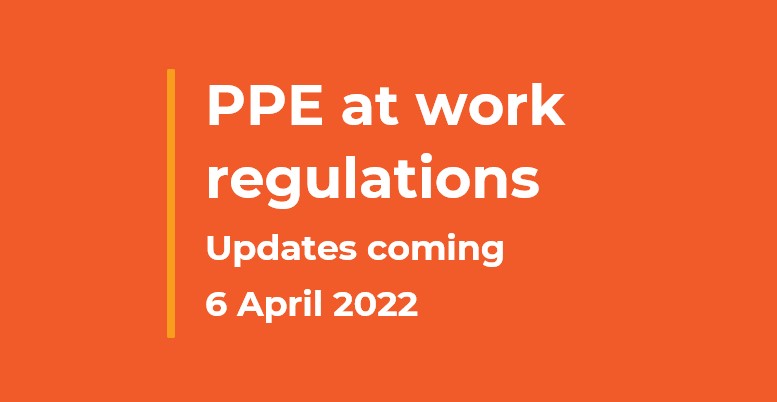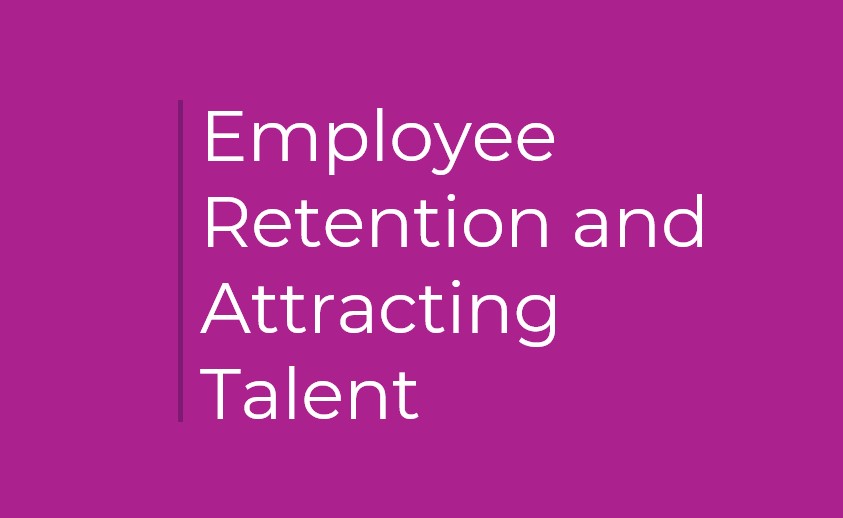HR Advice from HR Experts
Absence Management
Short-term absences are not only costly to employers but also can be extremely disruptive, inconvenient and can have a detrimental effect on employee morale.
Read our helpful guide to managing employee absences.
This guide will talk you through:
- The different types of absences
- Do you need an absence policy?
- Best practices to improving employee absences
- How to manage long-term sickness
- What is the Bradford Factor
Download Guide
What is short term absence and long term absence?
There is nothing in law which defines what is the difference between “short-term” and “long-term” absence, the norm tends to be absences less than 4 weeks are classed as short-term.
Should you have an absence policy?
Some employers prefer having an absence management policy or use the Bradford Factor to provide a structure for their absences that clearly define what are acceptable and unacceptable levels absences.
Other employers prefer to not have a policy in place as this can be too controlled or may be seen to be a blanket approach as opposed to actually tackling employees who are causing problems with short-term absences on a frequent basis.
Our experienced HR consultants can support/write your company handbook which includes an absence policy.
We always recommend companies to have an absence and sickness policy in their company handbook.


What is the Bradford Factor?
The Bradford Factor is used to calculate the impact of employee absences on the organisation. The Bradford Factor score is calculated by the frequency and length of an employees absence during a defined period (usually 52 weeks).
Did you know our HR Software calculates the Bradford Factor and instantly creates absence reports so you know exactly what’s happening in your business.
How Can Employees Notify Their Absence
It’s always best to make it clear to all employees how they should notify the business about their absence. There are numerous ways this can be achieved:
- Notify their line manager and/or HR manager
- Remember to ensure employees have access to these telephone numbers
- Use a dedicated absence report line employees can call direct
- Choose a absence management software where employees can log their absence
Did you know our HR software includes an absence log, where employees can log their absence which will instantly notify their line manager and any other appropriate member of staff.

What is an unauthorised absence?
Unauthorised absence is when the employee fails to make any contact and fails to follow the company absence notification procedure which is usually detailed in the employee handbook. Whilst the onus is on the employee to make contact, the employer should make contact when an employee is absent without authorisation for more than one day (or sooner).
For more information on best practices for an unauthorised absence procedure, download our guide below

Return to work policy
When an employee returns from work following an absence, many employers develop a return to work policy.
This could include:
- Return to work form
- Return to work interview
Both will help you understand your employees absences, and ensure you have records of all your employees absences.
Take a look at our guidance for creating a successful return to work procedure, along with a helpful video on conducting a return to work interview.
How to manage excessive short-term absences
If you believe that an employee has an unacceptable level of short-term absence, you need to embark on a management programme with them, which can include instigating the disciplinary procedure.
What are the steps?
- First stage is hold a meeting (which could include a return to work interview) where you should discuss their attendance record and advise them that they are being monitored. Make sure you outline what you as an employer expect from the employee
- If they fail to improve their attendance or meet the expectations discussed in the first meeting, an employer can start the disciplinary procedure. You will need to explain clearly to the employee of your disciplinary procedure
- Following the disciplinary procedure is the employer terminates the contract and gives due notice of this.
Are you having trouble managing an employee’s short-term absences?


What is a long-term absence
As with short-term absence, long-term absences can also result in a major cost for employers and obviously needs to be monitored and controlled effectively to limit the damage to the organisation.
Important information for long-term absences
-
Employees continue to accrue service whilst on long term-absences
-
Employees continue to accrue statutory holiday entitlements
-
Statutory sick pay expired after 28 weeks
Employees who are off sick for lengthy periods can be dismissed but only if this is managed using appropriate and consistent procedures. Any dismissal would be due to them being incapable of fulfilling their contract in terms in relation to failure to attend work regularly and/or being unable to do their job due to their ill health.
Remember: You must ensure you are acting correctly if you are looking to dismiss an employee whilst they are on long-term sickness.
Download our full guide to understand fair and unfair dismissal during long-term absences.
How to manage long-term sickness
This can be either by a regular telephone call or ideally having regular welfare meetings with the employee. Discussions should include matters such as the following:
- The actual nature of their illness
- Treatment they are receiving
- Advice they have been given by their doctor
- Suggestions/ideas regarding facilitating their return to work
- The potential length of their absence
Keep records of any conversations you have with the employee and it is best practice to confirm details of these discussions in writing to the employee. Where possible, always have someone with you ostensibly to take notes but also to act as a witness.

Do you need an absence management tool?
Take a look at how our solution can help you:
-
- Employee Absence log
- Clock-in and clock out feature
- Comprehensive absence reports



